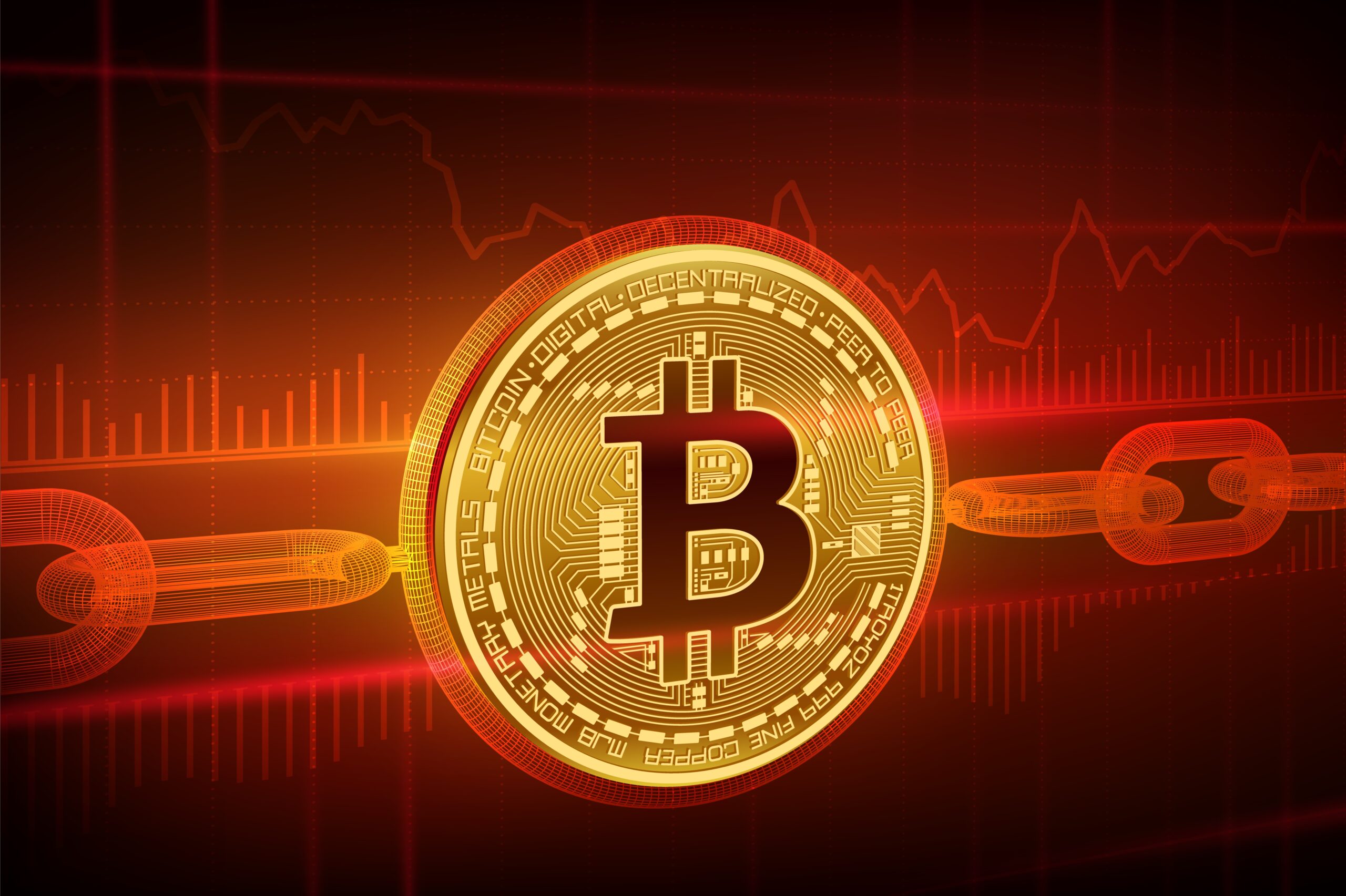
For many investors, especially futures traders, keeping an eye on the Federal Reserve (FED) is crucial. Every time the FED Chair speaks or announces a decision, global markets react. Yet, not everyone truly understands what the FED is or how it influences the broader economy and the crypto market in particular.
1.What is the FED?
The Federal Reserve System (FED) is the central bank of the United States and is often considered the most powerful financial institution in the world.
It was established in 1913 after the Federal Reserve Act was signed on December 23 of that year. Before the FED existed, the U.S. had no central bank, and financial authority was fully concentrated in the hands of the government. This lack of structure led to several economic crises, including the Knickerbocker Panic of 1907, when the banking system nearly collapsed.
The FED was created to bring stability and safety to the U.S. financial system. It operates independently from the government, but the two still maintain oversight and coordination to achieve common economic goals. The current FED Chair is Jerome Powell.

2.The Role of the FED
The FED’s mission is to maintain a stable economy by controlling inflation and promoting maximum employment.
Its responsibilities can be grouped into four main areas:
- Monetary Policy: Managing the money supply and credit conditions to ensure stable prices, maximum employment, and moderate long-term interest rates.
- Supervision and Regulation: Overseeing financial institutions to safeguard the banking system and protect consumer credit rights.
- Financial Stability: Maintaining overall market stability and managing systemic risks.
- Financial Services: Providing key financial services, including operating the national payment system and serving depository institutions, the U.S. government, and foreign organizations.

3.Why the FED Matters to the Global Economy
Every statement or move by the FED attracts attention worldwide because the U.S. dollar (USD) is the cornerstone of international trade. Commodities such as oil and gold are priced in USD, so any fluctuation in its value can ripple across global markets.
The FED is the only institution that can raise or cut interest rates for the USD. Through this, it directly influences the dollar’s strength, global liquidity, and the flow of capital — all of which have significant effects on risk assets, including crypto. Among its various actions, interest rate decisions are the most closely watched.
4.Understanding the Federal Funds Rate
4.1 What is the FED Rate?
The Federal Funds Rate (FFR) is set by the Federal Open Market Committee (FOMC), a key branch of the FED.
This is the rate at which banks lend money to each other overnight. Each commercial bank must maintain a required reserve balance at the FED. If a bank’s reserves fall below that requirement, it must borrow funds from others; if it has excess reserves, it can lend.
The FFR is a powerful tool used by the FED to control economic growth and indirectly influence many other financial rates, including:
- The base lending rate
- Deposit and savings rates
- Loan and credit card rates
- Adjustable mortgage rates
Because of this, even a small change in the FED rate can trigger significant movements in global markets, especially the USD. The goal behind these rate adjustments is to manage inflation, support employment, and maintain sustainable economic growth. The FOMC meets eight times a year to set this rate.

4.2 How FED Decisions Affect Financial Markets
4.2.1 Stocks and Bonds
When the FED raises rates and tightens liquidity, borrowing becomes more expensive. If the economy is still fragile, this can hurt corporate profits as companies face higher financing costs. As a result, both the stock and bond markets tend to react negatively.
Conversely, when the FED cuts rates, liquidity increases and borrowing costs drop. This encourages business expansion and stimulates consumer spending. Companies gain access to cheaper credit, which helps them grow faster and increase profitability.
When money flows into the economy, investors also tend to channel idle cash into assets such as stocks and bonds, pushing prices higher. Overall, rate cuts are usually bullish for these markets.
4.2.2 The Crypto Market
As crypto becomes more integrated into global finance, its correlation with the U.S. stock market has strengthened.
This means crypto often reacts similarly to traditional assets when the FED adjusts interest rates.
When the FED cuts rates and injects liquidity, investors are drawn to riskier assets — and crypto is one of the first places that capital flows.
The opposite can happen when rates rise, but some analysts believe the impact of rate hikes on Bitcoin is only temporary and may even be positive in the long run.
Bitcoin’s fixed supply and increasing global adoption make it an appealing store of value and a potential hedge against inflation, even in a tightening environment.
4.3 The Impact of Past FED Decisions on Bitcoin
In previous rate cycles, Bitcoin’s reaction has varied. During some tightening periods, BTC prices fell as liquidity dried up, but in others, Bitcoin remained resilient or even rallied as investors sought alternatives to traditional assets amid inflation and market uncertainty.

On September 18, 2024, the Fed cut interest rates by 0.50%, marking the first rate reduction after a long tightening cycle. BTC reacted positively, briefly surging to around $61,000 right after the announcement. This move signaled a shift toward monetary easing, bringing risk-on capital back into crypto markets. However, as seen from historical data, BTC’s reaction to Fed rate decisions has not always been consistent, showing that predicting its price trends requires considering broader macro and market factors beyond just interest rate policy.
From the data above, we can see that BTC’s reaction to Fed rate decisions has been mixed.This shows that predicting BTC’s price trends requires looking beyond Fed interest rates — investors must also consider other macro and market factors.
5.Can FED Policy Be Used as a Signal for Crypto Investing?
There’s no question that the FED has a strong influence on crypto today. However, the FED is not the only factor shaping market direction. Its monetary policies should be viewed as a macro indicator — something to guide sentiment, not an absolute rule for investment decisions.
History shows that crypto can diverge from macro trends. In 2017–2018, while the FED raised rates, U.S. stocks still climbed, and Bitcoin hit $20,000, driven by the ICO boom. This proved that major internal trends within crypto can outweigh macroeconomic pressures.
This divergence often happens when crypto enters a strong narrative cycle that attracts new capital and reshapes overall market liquidity.
Examples include the ICO wave (2017), DeFi boom (2020), Play-to-Earn era (2021), DeFi 2.0 (2022), and the AI & Restaking narratives (2023–2024) — all of which exploded even in a high-rate environment.
So, when investing in crypto, traders shouldn’t treat the FED as an absolute signal for capital flows. Crypto is fundamentally different from traditional assets like stocks, bonds, or real estate, which are directly tied to interest rates.
Still, the FED remains an important reference point for assessing global liquidity and overall portfolio strategy.
6.Conclusion
The FED sets the tone for global liquidity, but crypto moves to its own rhythm.
Smart investors use FED policy as a reference — not a rulebook — because in crypto, narratives, innovation, and timing often move faster than any central bank policy.
Disclaimer: This content does not constitute investment, tax, legal, financial, or accounting advice. MEXC provides this information for educational purposes only. Always DYOR, understand the risks, and invest responsibly
Join MEXC and Get up to $10,000 Bonus!



